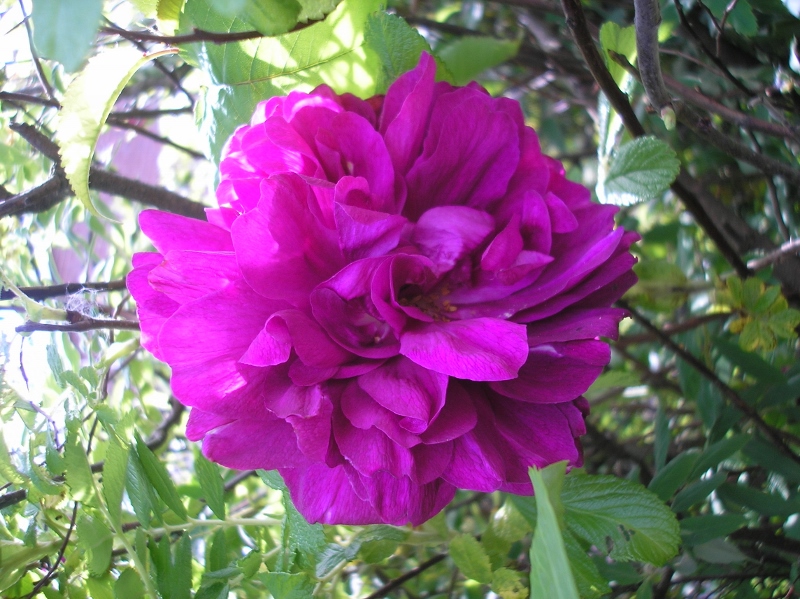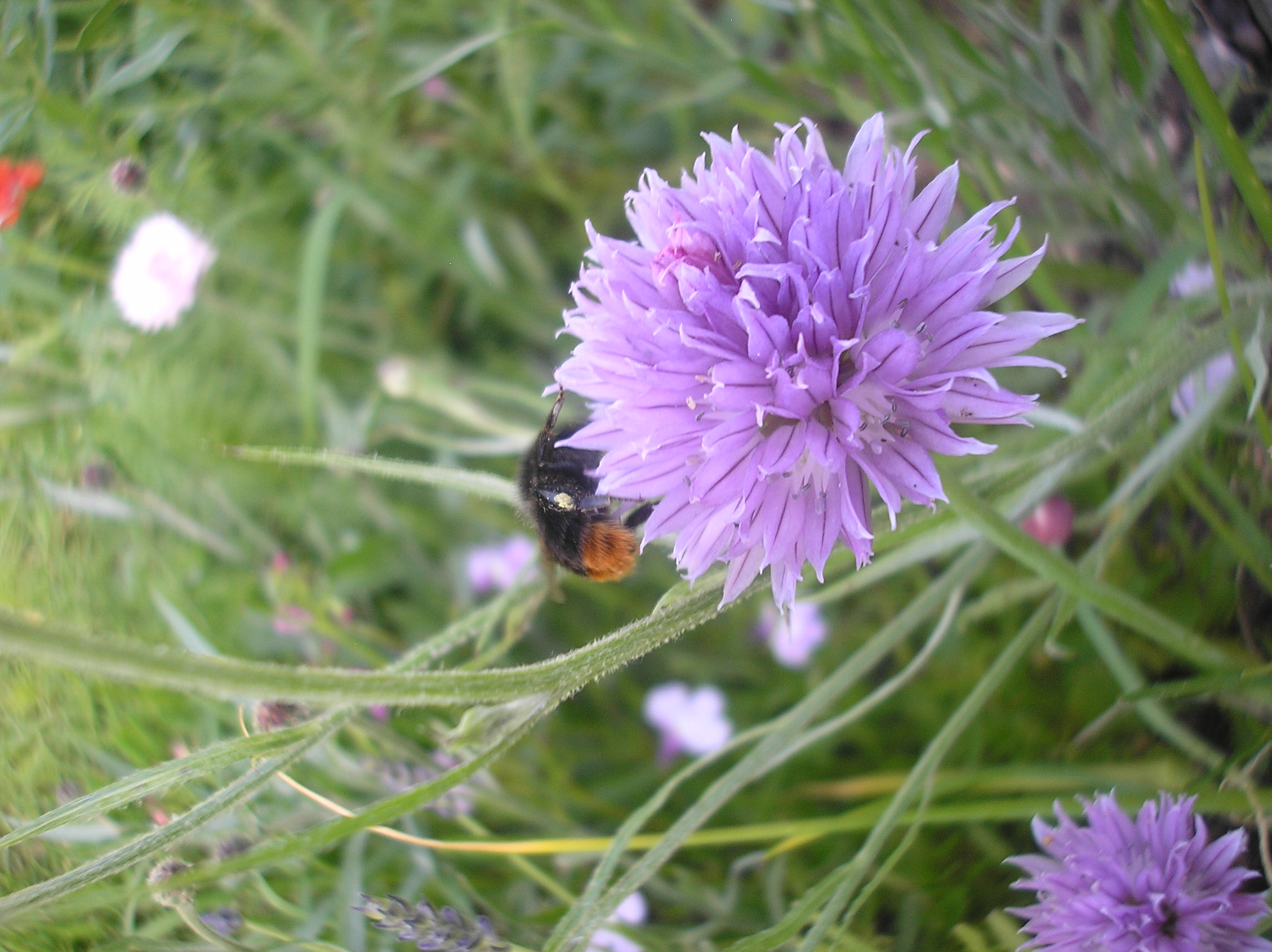It’s hard to consider my herbal odyssey without acknowledging how much it now factors in my everyday life.
Its appearance has been so gradual that I often forget what life was like before herbs. On reflection I realised one of the main ways it has changed my life is through beauty products. Never one for fancy creams and lotions, partly due to my budget and sensitive skin, I was previously limited to oil-free creams and witch hazel bought from the chemist, resulting in rather dry dull skin.
 One of my first attempts at remedying this was making rose water. I’ve always loved roses but my sensitivities meant shop-bought rose water caused a rash. On a long country walk one summer I managed to collect a bag full of rose petals so when I got home I started to read up on plant distillation (as you do). The end result was a rather ludicrous and possibly dangerous set-up where I placed a small brick in the middle of my boiling pan full of roses and water. Precariously balancing a saucer on top of the brick, the condensation/distilled water inside the lid dripped onto it. This worked but the amount of power I used to boil the pan for a couple of hours must have made it the most expensive half bottle of rose water ever distilled.
One of my first attempts at remedying this was making rose water. I’ve always loved roses but my sensitivities meant shop-bought rose water caused a rash. On a long country walk one summer I managed to collect a bag full of rose petals so when I got home I started to read up on plant distillation (as you do). The end result was a rather ludicrous and possibly dangerous set-up where I placed a small brick in the middle of my boiling pan full of roses and water. Precariously balancing a saucer on top of the brick, the condensation/distilled water inside the lid dripped onto it. This worked but the amount of power I used to boil the pan for a couple of hours must have made it the most expensive half bottle of rose water ever distilled.
So this year I had an economical brainwave – the slow cooker. I poured in four pints of water and about nine handfuls of fresh petals, set to ‘high’ and boiled it for a few hours. I then dripped the condensation forming inside the lid into a sterilised receptacle and voila! Cheap, completely natural rose skin toner. I leave it in the fridge where it is likely to last longest, plus on hot days it is divine to cool down with.
 Another facial toner I have discovered is lady’s mantle which grows abundantly in my area. I must confess I haven’t bothered distilling the leaves, instead I simply wash a few fresh leaves and pop them in a cup of boiling water. I use this liquid for a few days as skin toner then I replace it with a fresh batch before it begins to degrade. Lady’s mantle is superb for firming the skin and can deflate even the puffiest eye bags. I have been so impressed by its results I have dried a quantity of leaves to use over the winter months.
Another facial toner I have discovered is lady’s mantle which grows abundantly in my area. I must confess I haven’t bothered distilling the leaves, instead I simply wash a few fresh leaves and pop them in a cup of boiling water. I use this liquid for a few days as skin toner then I replace it with a fresh batch before it begins to degrade. Lady’s mantle is superb for firming the skin and can deflate even the puffiest eye bags. I have been so impressed by its results I have dried a quantity of leaves to use over the winter months.
My next cosmetic discovery was the miraculous self-heal, a plant which commonly grows on lawns and in woodland. Most herbal books don’t rate it highly but I suspect this is a long forgotten gem as I have had such wonderful results from it. When I first experimented with salve made from the plant I wasn’t expecting much but soon discovered it to be all-purpose, soothing bruises, cuts, bites and especially burns or scalds. It turns out to be a natural antiseptic and anti-inflammatory and my partner uses self-heal salve after he has shaved to stop any redness or itching. It is also excellent on wrinkles.
Ingredients
a small handful of freshly picked and thoroughly washed leaves and stalks (pat dry with a tea towel to stop oil spitting during preparation)
1 mug full of cheap olive oil (or sweet almond oil if you can afford it)
¼ bar of beeswax
Instructions
Heat the oil in a pan until you hear it bubble. Take the fresh self-heal leaves and flower and drop them into the hot oil. Allow to fry for a few minutes, then, before the leaves begin to darken remove from the heat. Do not allow them to burn because the burnt smell will ruin the salve.
Strain the hot mixture through a sieve and some muslin into a bowl. Throw the drained herbs away (or on the compost) and wash the pan. Return the drained oil back to the clean pan and reheat. Drop a quarter of a bar of beeswax into the oil and allow it to melt. As soon as it has disappeared remove from the heat.
Allow to cool slightly while preparing a sterilised jar and lid (I use old Nutella jars). If, during the cooling process, you see that there is separation, whisk until the liquid has combined again. While it is still warm pour into the sterilised jar, covering the top with muslin while the oil cools. Once cooled put the lid on and store in a cool dark place, where it should last for a couple of years. Always label the salve with the name and date because salves often look the same when cold. This recipe makes one jar.
 I have a number of other homemade beauty treatments which I use every day but I think my favourite and perhaps the most luxurious is my body butter. Since I became ill with fibromyalgia I have suffered with dry skin which, unless moisturised, feels tight as if it will split. I have tried almost every body cream on the market without success so I decided to make my own.
I have a number of other homemade beauty treatments which I use every day but I think my favourite and perhaps the most luxurious is my body butter. Since I became ill with fibromyalgia I have suffered with dry skin which, unless moisturised, feels tight as if it will split. I have tried almost every body cream on the market without success so I decided to make my own.
Not only does this body butter give you the advantage of a high quality product at a fraction of the cosmetic company prices, you also get to choose your own scent. I usually add lavender and rose oil because I have made my own essential oils, but you can use whatever fragrance you like – you can even add a bit of your usual perfume.
Body butter
Ingredients
15 tablespoons of cheap olive oil (or almond oil if you can afford it)
7 tablespoons of coconut oil
7 tablespoons of shea butter
essential oils of your choice
Instructions
 Pre-sterilise a jar and lid. Place the olive oil, coconut oil and shea butter into a bowl over a pan of boiling water. Once all the oils have melted together, take the bowl off the heat and leave covered on the side to cool.
Pre-sterilise a jar and lid. Place the olive oil, coconut oil and shea butter into a bowl over a pan of boiling water. Once all the oils have melted together, take the bowl off the heat and leave covered on the side to cool.
After about ten minutes add a few drops of essential oil. I add about four of lavender and about four of rose. At this point you can pop the bowl into the freezer to set. Check every ten minutes until you see the contents set almost like white butter.
Once the setting point has occurred take it out of the freezer and begin to whisk and beat the mixture. Quite quickly it should become the correct whipped butter-like consistency. Once the consistency is right transfer it into a sterilised jar and use. In very warm weather keep the jar in the fridge as it will melt.
Happy whisking.
Caution
Roses – none known
Self-heal – none known
Lady’s mantle
- Must be avoided by pregnant or breastfeeding women
- Avoid using Lay’s Mantle if you have liver damage or a liver disorder
DISCLAIMER: These are some of my personal experiences or using the above herbs combined with information I have researched over a number of years. I am not encouraging people to self-medicate. In the treatment of specific conditions it is best to consult a herbalist or your GP. Always check if any pharmaceutical medication you are taking is compatible before trying herbs. If you should develop an adverse reaction to any of the herbs mentioned above please stop using them immediately. Always take care when identifying plants.












